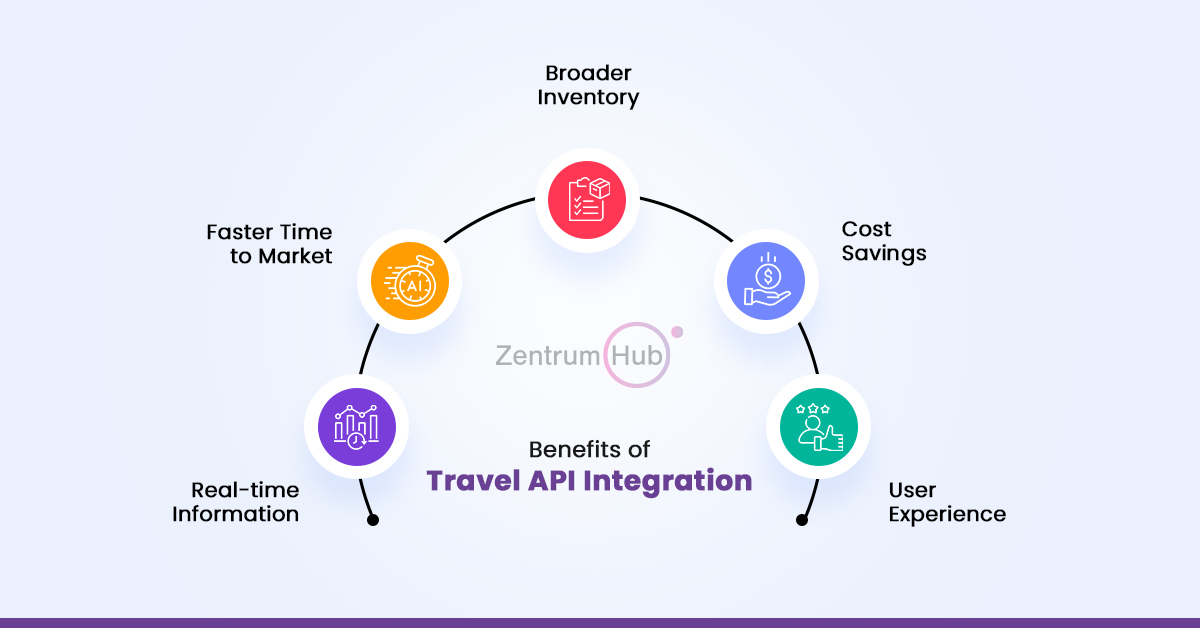Travel API Integration: Types, Pricing, Benefits & Timeline

Travel API Integration: Types, Pricing, Benefits & Timeline If you’re in the travel industry, you understand how crucial it is to offer seamless booking services. Travel API integration has become a game-changer for businesses looking to provide real-time access to flights, hotels, car rentals, and other services. Whether you’re an established travel agency, an online […]


